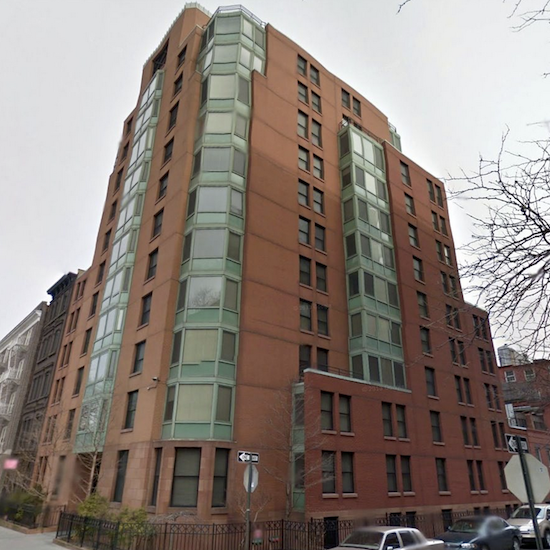Watchtower Tunnels: Mysterious, lingering remnants of a ministerial Heights presence
Eye On Real Estate: Pricey Shingles on Willow Street; Also, What Next for Unique 76 Montague

The Watchtower tunnels are for real – and the city collects thousands of dollars each year for their use, Department of Finance records reveal.
The underground pedestrian passageways connecting the Brooklyn Heights headquarters buildings of the Jehovah’s Witnesses are a long-standing subject of speculation among neighborhood residents who aren’t members of the religious organization.
The tunnels enhance the campus-like atmosphere of the complex, whose inhabitants are “unsalaried ordained ministers of religion who have taken a vow of poverty,” according to a 2005 document signed by Watchtower Bible and Tract Society of New York president M.H. Larson.

Brooklyn Heights
View MoreRead the Brooklyn Height's Press and Cobble Hill News. Find out more about Brooklyn Height's History here.